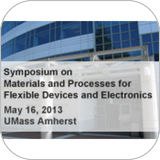Email not displaying correctly? View it in your browser. | |||||||||||
 | |||||||||||
| |||||||||||
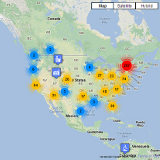 Triennial Review of the National Nanotechnology Initiative Reiterates Need for Information Exchange, Effective Technology Transfer, and CommercializationThe National Research Council recently released its Triennial Review of the National Nanotechnology Initiative, a required assessment of the National Nanotechnology Initiative (NNI) by the 21st Century Nanotechnology Research and Development Act of 2003. This document makes recommendations to the Nanoscale Science, Engineering, and Technology (NSET) Subcommittee and to the National Nanotechnology Coordination Office (NNCO) “that will improve the NNI's value for basic and applied research and for development of applications in nanotechnology that will provide economic, societal, and national security benefits to the United States”. The assessment of federal research initiatives; NNI stakeholders; metrics, definitions of success, and data; NNI planning, management, and coordination frameworks; and technology transfer and commercialization are discussed. That vision and the current set of NNI goals are broad and encompass a host of activities and outcomes that support the nanotechnology “ecosystem” in the United States. As a means to validate the influence of the NNI investments, the review cites the growth in nonfederal activities; for example, companies are investing in research and development, state and regional agencies are providing support, and standards bodies are developing new standards. But these achievements still require coordination and oversight to provide direction, accelerate progress, and build a sustainable infrastructure that will support the nanotechnology-enabled products of the future. Participating agencies allocate resources in accordance with their missions, rather than in a centralized or “top-down” manner. As a result, management of the NNI by the NSET Subcommittee of the National Science and Technology Council’s Committee on Technology and the NNCO has been limited primarily to coordination and information-sharing. Although that approach has led to a system that creates knowledge and educates future scientists and engineers, the present report is a recognition that the NSET Subcommittee and the NNCO want to explore specific pathways to increase the value of the NNI to the nation and expedite progress toward economic and societal goals. |
|||||||||||
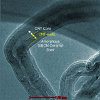 Super-Nanotubes: 'Remarkable' Spray-on Coating Combines Carbon Nanotubes with CeramicResearchers from the National Institute of Standards and Technology (NIST) and Kansas State University have demonstrated a spray-on mixture of carbon nanotubes and ceramic that has unprecedented ability to resist damage while absorbing laser light. 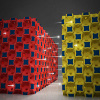 Small in Size, Big on Power: New Microbatteries a Boost for ElectronicsThough they be but little, they are fierce. The most powerful batteries on the planet are only a few millimeters in size, yet they pack such a punch that a driver could use a cellphone powered by these batteries to jump-start a dead car battery – and then recharge the phone in the blink of an eye. 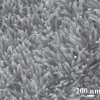 Direct Growth of Aligned Zinc Oxide Nanorods on Paper SubstratesA method for the controlled direct growth of highly crystalline ZnO nanorods on a paper substrate is described. Despite the complexity and surface roughness which paper naturally presents, adequate surface modification enhances ZnO nanorod alignment and uniformity in growth. Large scale synthesis is also demonstrated. Hybrid PN junction diodes, also on paper substrates, show application toward flexible electronics. |
April 2013
|
||||||||||
| |||||||||||





